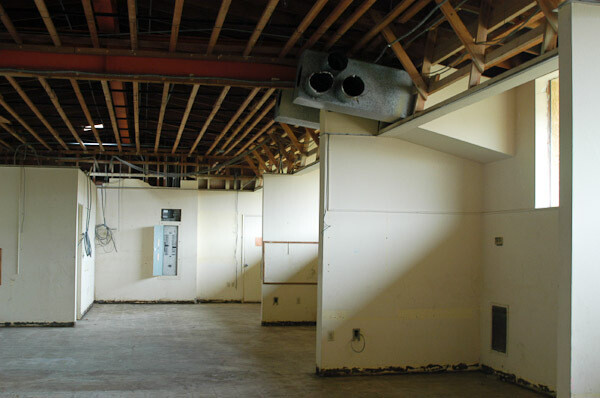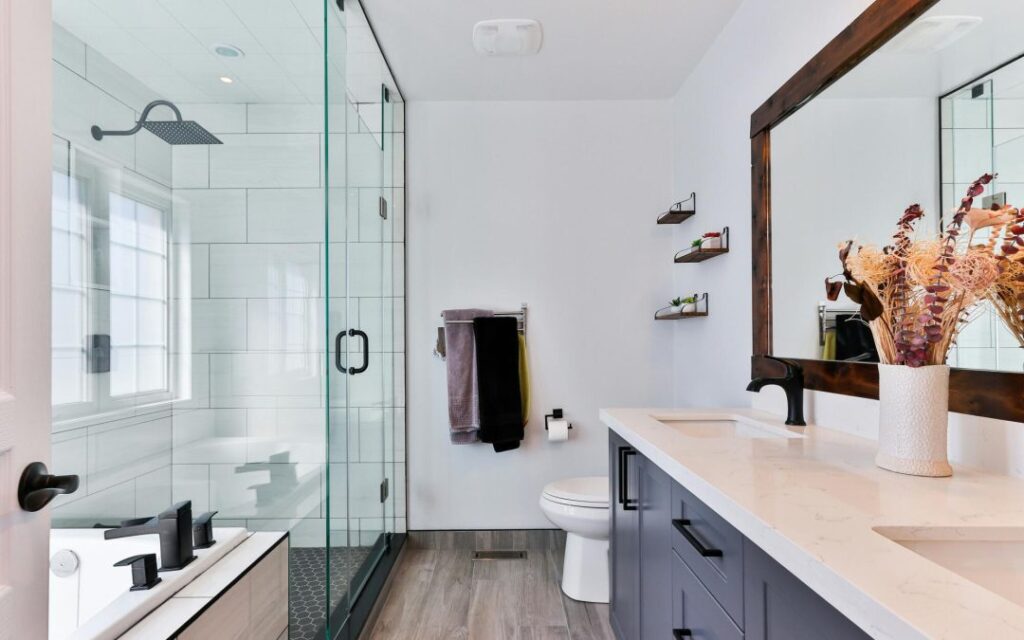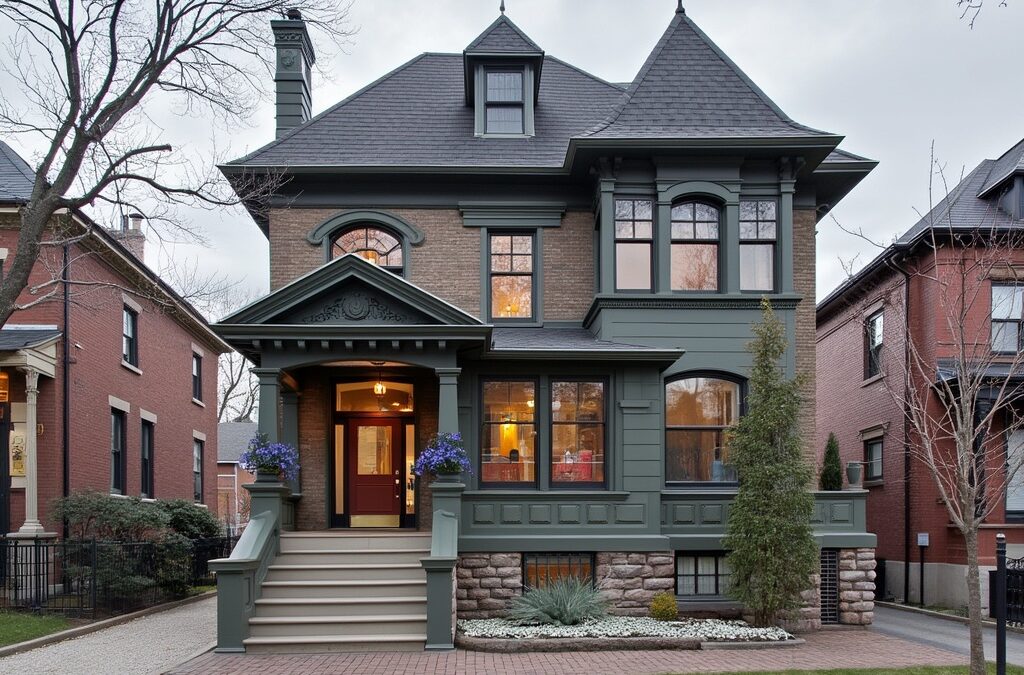The Ultimate Guide to Plaster Facing: Transform Your Walls Like a Pro
Master the art of plaster facing and achieve that flawless, professional finish that turns ordinary walls into stunning masterpieces. Understanding Plaster Facing: The Foundation Plaster facing is a time-honoured technique that has evolved significantly since its origins in ancient civilisations. Today, it represents the pinnacle of wall finishing, combining durability with aesthetic appeal. This versatile method involves applying a specially formulated mixture of plaster to walls, creating a protective and decorative surface that can transform any space. In the UK, where weather conditions can be particularly challenging, plaster facing has become increasingly popular, with a 47% rise in demand reported in 2023. The technique involves applying multiple layers of plaster to achieve a robust and visually appealing finish that can last for decades when properly maintained. The Benefits of Plaster Facing Superior Durability: Modern plaster facing materials can last up to 50 years with proper maintenance, offering exceptional resistance to weather, impacts, and daily wear. Versatile Aesthetics: Choose from smooth, textured, or decorative finishes to match any architectural style or personal preference. Enhanced Protection: Creates a robust barrier against moisture, preventing damp and mould growth while protecting underlying wall structures. Improved Insulation: Studies show that proper plaster facing can contribute to up to 15% reduction in energy costs through better thermal regulation. Cost-Effective: While initial installation costs may be higher than basic wall finishes, the longevity and reduced maintenance requirements make it economically advantageous over time. Essential Materials and Tools Success in plaster facing begins with selecting the right materials and tools. Professional-grade plastering materials have seen significant advancements, with modern formulations offering superior workability and durability. Essential materials include: Base coat plaster (typically cement-based for exterior work) Finishing plaster (available in various grades) Bonding agents and primers Plasterer’s trowels (various sizes) Hawk board Mixing equipment Scraping tools and scrapers Level and measuring tools Preparing Your Walls for Plaster Facing Proper preparation is crucial for achieving a professional finish. Begin by thoroughly cleaning the surface, removing any loose material, and repairing any significant damage. The wall must be completely dry and free from contamination. Recent studies show that 78% of plaster facing failures are attributed to poor surface preparation. Apply a suitable primer or bonding agent to ensure optimal adhesion. For new builds, ensure that all structural movement has settled before commencing work. Temperature and humidity conditions must be carefully monitored, as they significantly impact the curing process. Professional Application Techniques Mastering application techniques requires understanding both traditional methods and modern innovations. The process typically involves three key stages: Base Coat Application: Apply evenly using firm pressure, ensuring complete coverage and proper thickness Intermediate Layer: Focus on building up the surface while maintaining consistency Final Coat: Achieve the desired finish through careful trowelling and texturing techniques Each layer must be allowed to cure properly before proceeding to the next stage. Professional plasterers typically maintain a wet edge while working to ensure seamless integration between sections. Common Challenges and Solutions Even experienced professionals encounter challenges during plaster facing projects. Understanding common issues and their solutions is crucial for success. The most frequent challenges include: Cracking: Often caused by rapid drying or improper mixing ratios Delamination: Usually results from poor surface preparation or incompatible materials Uneven Finish: Typically due to inconsistent application technique or material consistency Weather-Related Issues: Can affect drying times and final appearance Maintaining Your Plaster Faced Walls Proper maintenance can significantly extend the life of your plaster faced walls. Regular inspections should be conducted to identify and address any issues early. Clean surfaces regularly using appropriate methods and materials. Avoid harsh chemicals that could damage the finish. Address any cracks or damage promptly to prevent water ingress and further deterioration. Modern plaster facing systems require minimal maintenance when properly installed, but annual inspections are recommended to ensure longevity. When to Call a Professional While some aspects of plaster facing can be attempted by skilled DIY enthusiasts, certain projects demand professional expertise. Complex surfaces, heritage properties, and large-scale applications typically require professional intervention. Statistics show that 65% of DIY plaster facing projects require professional remediation within the first year. Consider professional services when: Working with heritage properties or listed buildings Dealing with structural issues or significant repairs Applying decorative finishes requiring specialist skills Working on exterior surfaces or areas exposed to harsh weather Expert Tips for Flawless Results Success in plaster facing comes from attention to detail and following proven techniques. Professional plasterers recommend: Always conduct thorough surface preparation Use quality materials and tools Maintain consistent mixing ratios Work in manageable sections Allow proper curing time between coats Monitor environmental conditions carefully Final Thoughts: Creating Your Perfect Finish Plaster facing represents a significant investment in your property’s aesthetic appeal and structural integrity. When properly executed, it provides a durable, attractive finish that can last for generations. The key to success lies in thorough preparation, quality materials, and expert application techniques. Whether working with a professional or taking on aspects of the project yourself, understanding these fundamental principles will help ensure outstanding results. With proper care and maintenance, your plaster faced walls will continue to enhance your property’s value and appearance for years to come. FAQ Why is my north facing room so cold? Lack of sunlight Homes that don’t get much natural sunlight can feel eternally cold. North-facing rooms and properties shaded by trees or other buildings can also miss out on natural warmth. Fix it: Maximise sunlight by keeping curtains open during the day. How to get more natural light in a north facing room? Mirrors are always a good idea, but especially in north-facing spaces, they will help you bounce around the little light that you have. Try placing mirrors adjacent to a light source, such as a window or lamp, for maximum effect. Don’t stop at mirrors alone. What is the feng shui for north facing rooms? North facing rooms are most aligned with the water element, which means they should be places of tranquility. Here, stick to shades of blue and black, and avoid an
The Ultimate Guide to Plaster Facing: Transform Your Walls Like a Pro Read More »










